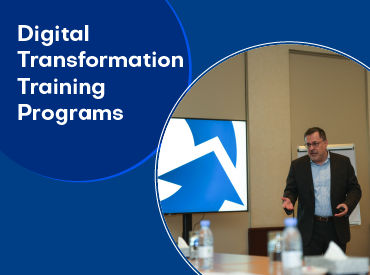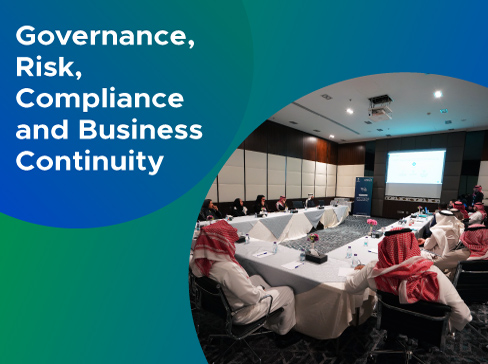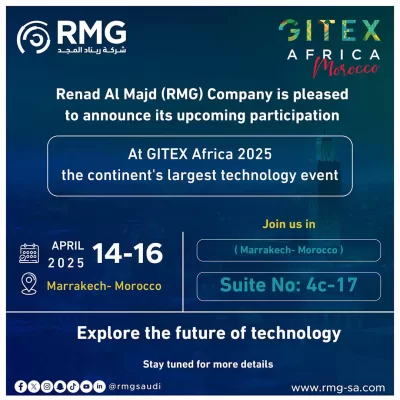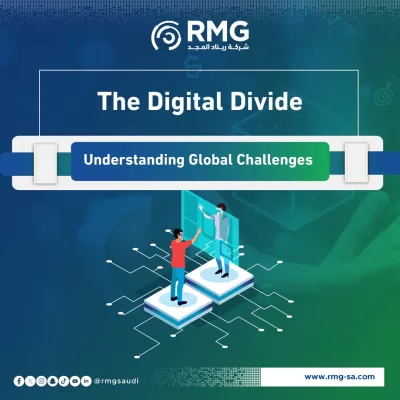
In this article, we explain the eight most important techniques for effective communication in the field of project and other transactions, such as:
First: Reducing the ambiguity
It might the biggest reason if ambiguity as well words are have different meanings depending on an individual’s previous experience, context or culture. For example, the “Dry” word could mean that is has not water for some, and that could mean emotionless for another, and a “funny” meeting can be either a fun meeting or just an annoying meeting depending on the context. In the context of a transaction, it’s important for a manager to realize the potential of misunderstanding first, and it becomes a duty to demand the correct interpretation.
Another common source of ambiguity and that is more common, comes from a simple mistake. For example, thinking about lots of alternatives could lead to confusing the person and he might say a word while he means another. A good manager must be aware about these possibilities and face it. And deleting/ omitting a simple word can be devastating. Communication is one of the things that may help in reducing ambiguity, so the following steps are generally helpful:
Replying or rephrasing, where the person is simply rephrasing or only rephrasing what the speaker has said and asking for confirmation.
Rewrite And document, which is better write a brief summary and send it to everyone concerned to ask for comments and it has many features:
More explanation
Check the consistency of ideas
Official proof of concept/ statement of the accepted position as a basis for other results
Documenting evidence with lessons learned.
Provide prolegomena before getting into the topic. many times you can face the potential misunderstanding issues by providing a broader context in which communication can be understood. It minimizes misinterpretations because the relevant context explanations only will be supported. And also could help the person to ask questions to understand the context.
Second: Affirmative style or self-esteem
Define as “a declaration; the statement is clear” and that’s the habit of the good manager. So if you argue or lose your temper, you must stay calm and firm. However, the good manager may want to confirm what was said to show the understanding of the situation, or simply by throwing the saying back or maybe rephrase the opposite view more clearly and accurately by adding supporting evidence, then suggest how to proceed either by looking on the supportive evidence to both views or by delaying the issue discussion to another time if it is not urgent.
Third: Confrontation Management
When you face a difficult confrontation, it’s important to keep professional and self-control because most of the time the absence of this will make it more complex. Although criticism and discipline are contradictory in the field of a transaction, and many difficult situations may arise.
In the recent transactions, it’s important to assume the location of the misunderstanding first, then ask questions in order to check the concepts. It was such a simple compliment that saved many officials from much embarrassment in the previous contexts.
Fourth: Information request
There are two methods to ask any question: the first method, (close question) lead to a close answer (yes or no), and the second method is (open question) you will hand the speaking role to someone else and push them to say something more useful and it often more creative.
Unfortunately, in our quest for efficiency and speed, many managers prefer the first method.
Fifth: Let them speak
Conversation (either managed or otherwise) is more than flows of information, where individuals may also have to receive this information by attacking other individuals’ attention and trust. The most effective way to enhance confidence/ trust is to show interest and drew people’s attention. To get someone to give you all their knowledge, you have to give them all your attention.
Sixth: Silence
Silence is considered a very effective tool to collect information because it makes people nervous and trying to fill this silence, and it’s an excellent indirect method to get an individual to talk.
Seventh: Summarize the content
At the end of the conversation, you have to ensure that the attendees have a clear understanding of the outcome. For example, if there is a decision; repeat it clearly (must to ensure): what is should happen and when. If you ask questions, then summarize the important aspects (for you) of you learned. And wait to check the validation or correction before closing the discussion, or meeting.
Eighth: Nonverbal communication
Of course, as several authors mentioned, situation, facial expressions, and eye contact are very important ( even the most important). The consistency between verbal and nonverbal aspects and tone are all important. It seems a lot of people only pay attention to the words that are spoken in the conversation when the qualitative aspects are increasingly documented. Saying “hello” with a smile and a funny tone is not like saying it with a smile and a low tone. As possible as the first way can activate the team and increase its effectiveness, and the second way could affect on them negatively. A good leader is expected to be aware of the difference and its impact!






























